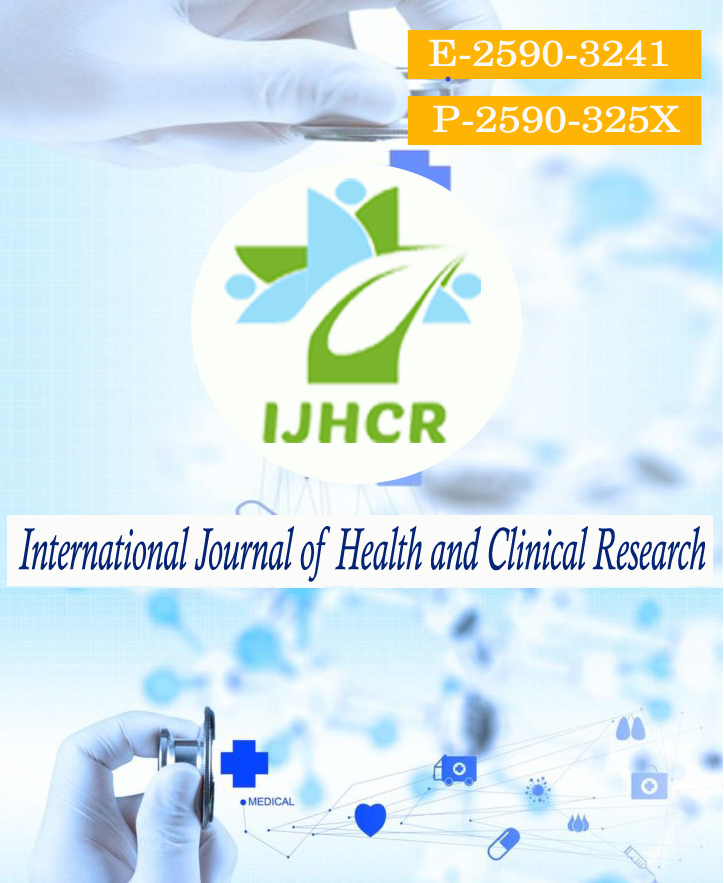Non-genetic factors in the craniofacial region contribute to the incidence of non-syndromic CLEFS
Keywords:
cleft lip, cleft lip palate, status socio-economic-political, cleft lip and palate.Abstract
In addition to genetic and environmental influences, clefts have a complex origin. Many research has studies tried out to determine the genetic basis of the aetiology of clefts and the effect of maternal folic acid intake on the incidence of clefts in children and adults. In addition to genetics, there has been little research done on the environmental factors that contribute to clefts. Non-genetic variables related to the development of nonsyndromic clefts are the subject of the current investigation. Mother's folic acid intake during pregnancy, family history, parental age, socioeconomic position (including alcoholism and smoking), and parent's occupational exposure are among the variables examined in the research. 200 participants from the South Indian population were included in the study, 100 of whom had nonsyndromic clefts and 200 who were healthy controls. In a detailed questionnaire administered via direct interview, the information was gathered, and the information was analyzed using GraphPad Prism 9. The odds ratio (OR) for the independent variables was calculated using a logistic regression model, and the significance of the results was determined using a Chi-square test.The study group included 6 craniofacial clefts, 5 facial clefts and 64 cases of cleft lip and palate. Clefts occurred at a rate of 12 per cent in the craniofacial region and 26percent in the lip region. The case group (24.6%) had a lower maternal age than the control group (12%), with a p-value of 0.001. Paternal ages more significant than 40 years were detected in 8.0 per cent of cases and 0.5% of controls. However, parental medicine and smoking were shown to be insignificant in terms of pesticide exposure, whereas parental occupational exposure in terms of pesticide exposure was found to be significant.
There should be no doubt about the importance of maternal folic acid and multivitamin consumption throughout the periconceptional stage for the prevention of mouth clefts. Clefts are more likely to occur in families where there is a history of clefts, and the risk is higher when clefts are present in the parents or siblings. Furthermore, maternal age greater than 35 years is revealed to be more significant than paternal age. The presence of consanguinity was associated with a fourfold increase in clefts. Apart from the family's financial position, the maternal diet is an important component since it is directly tied to folic acid and vitamin supplements.
Downloads
Published
How to Cite
Issue
Section
License
Copyright (c) 2022 Syeda Parveen Fatima, Syeda Nasreen Fatima, Mohammed Obaidullah

This work is licensed under a Creative Commons Attribution 4.0 International License.






 All articles published in International Journal of Health and Clinical Research are licensed under a
All articles published in International Journal of Health and Clinical Research are licensed under a 